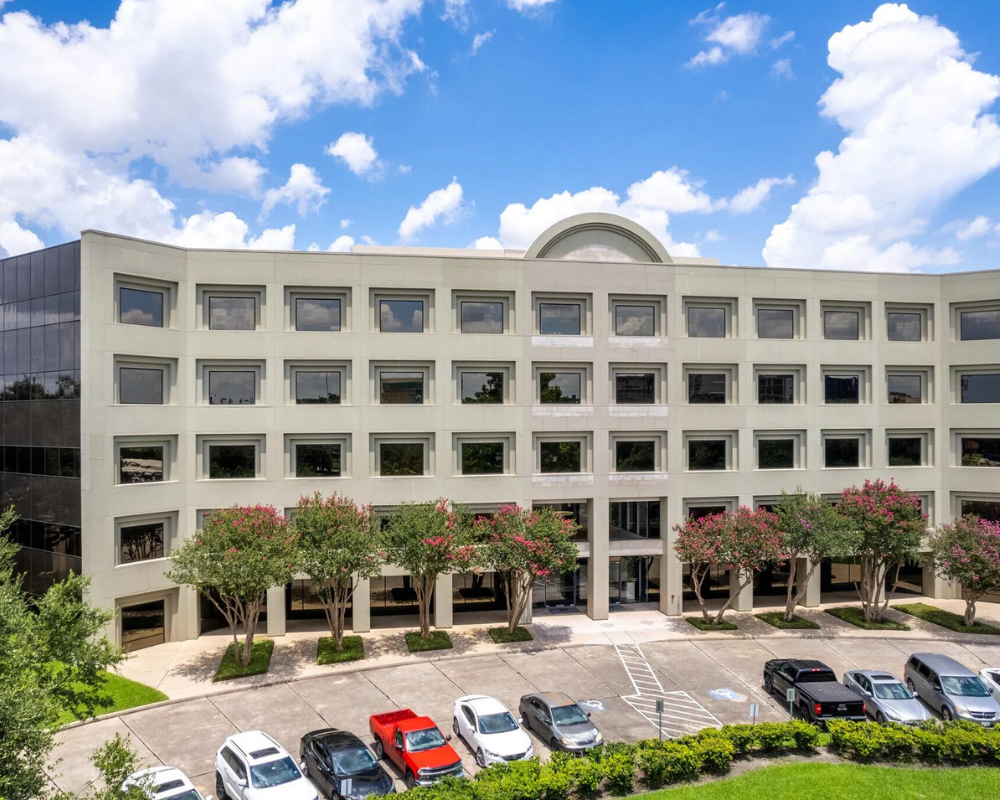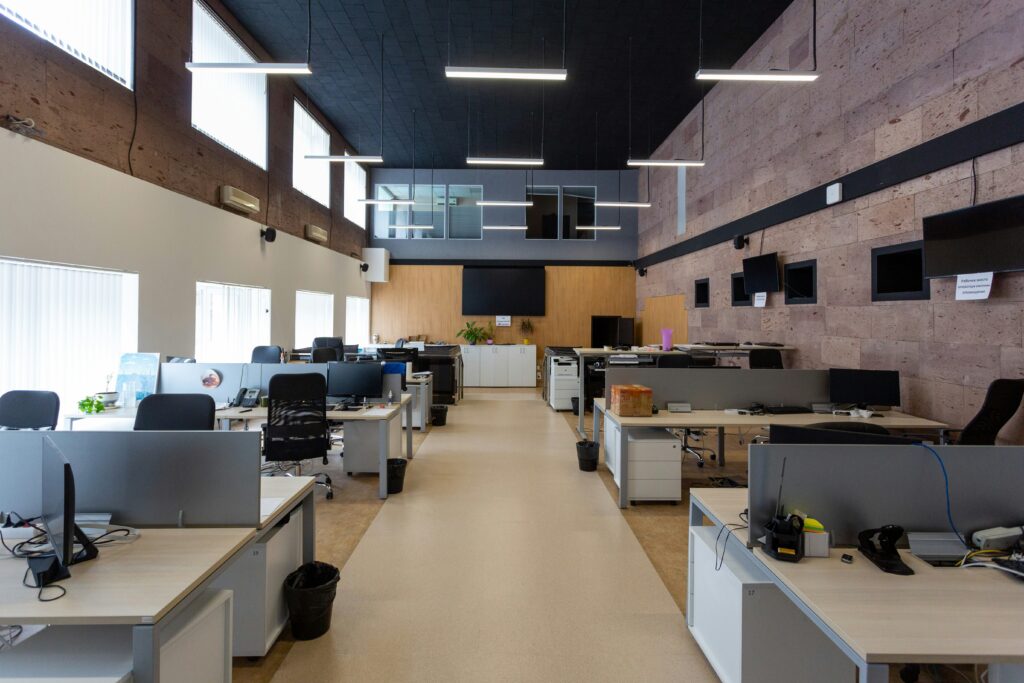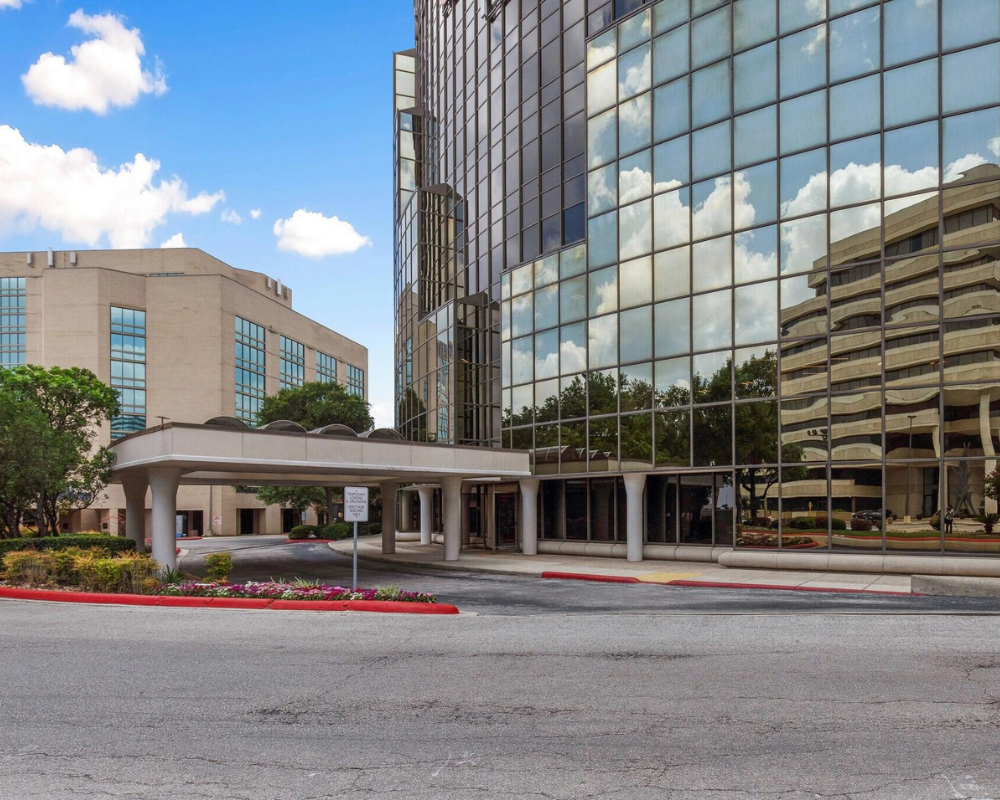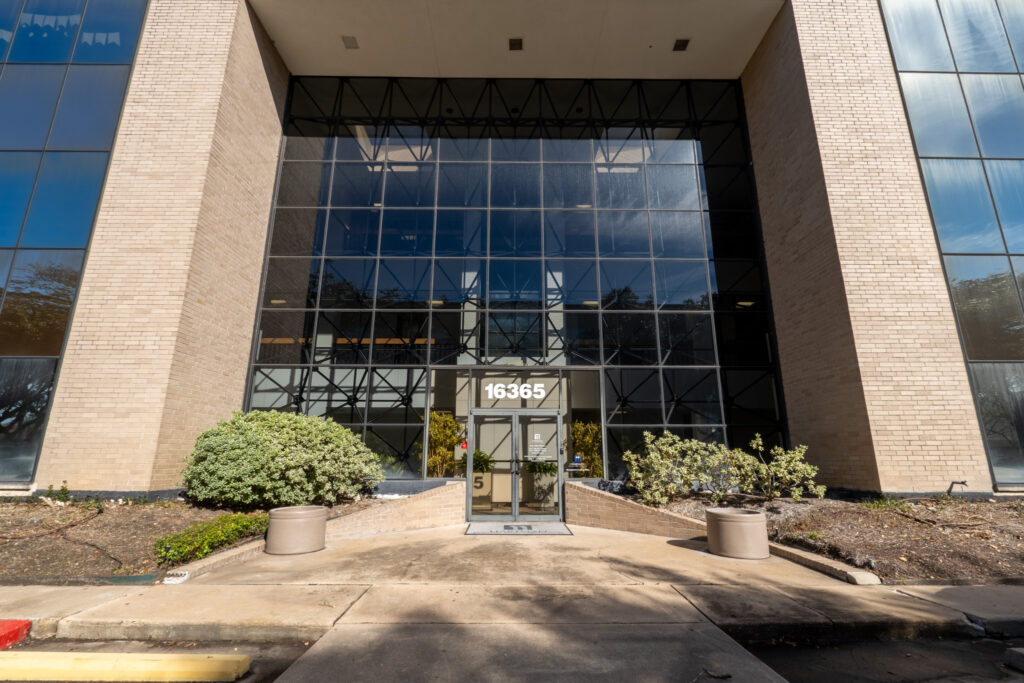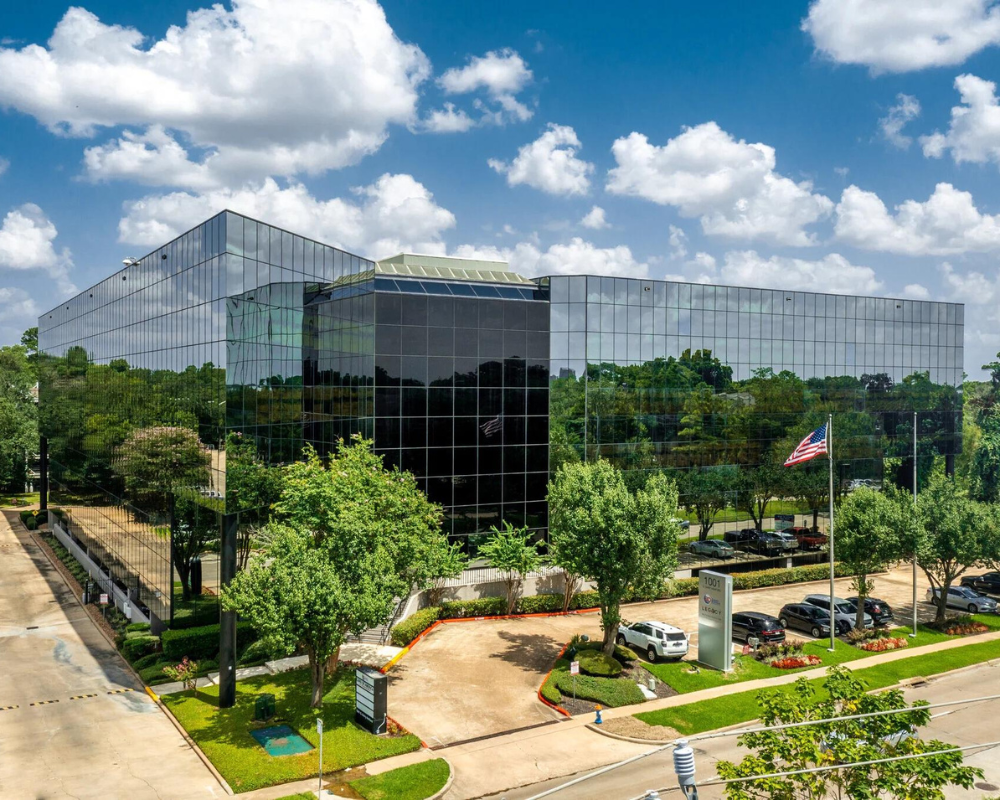Exploring Houston’s Energy Corridor: A Thriving Commercial Real Estate Hub
Houston’s Energy Corridor is a dynamic and fast-growing area that has become one of the city’s most prominent commercial real estate submarkets. Known for its rich history in the energy sector, the Energy Corridor has evolved into a thriving hub of business activity, with increasing demand for office space, vibrant corporate culture, and easy access to major highways. Whether it’s oil and gas companies, tech startups, or professional services, businesses are flocking to this part of the city. But what makes the Energy Corridor so special, and why are companies choosing to set up shop here? Let’s take a closer look at this unique submarket’s rise, its current performance, and its appeal to businesses and employees alike. A Brief History of the Energy Corridor The Energy Corridor’s roots trace back to Houston’s oil and gas boom in the 1970s, when companies in the energy sector began to cluster around the area west of downtown. Its proximity to key transportation routes, including the I-10 freeway, and its access to Houston’s vast oil and gas infrastructure, made it an ideal location for energy companies. The Energy Corridor officially became recognized as a submarket during the early 1980s, as major energy giants like ExxonMobil, BP, and Shell built offices in the area. Over the years, the Energy Corridor has diversified, and while it remains deeply tied to the energy sector, it has attracted a broader range of industries. The area now hosts numerous corporate headquarters, research centers, and offices for multinational firms, making it a central business district with a global reach. The Energy Corridor Today: Thriving in the Commercial Real Estate Sector Today, the Energy Corridor is not just a historical hotspot for energy companies but a thriving, high-demand location for commercial real estate. The commercial office market here continues to perform robustly, with new developments, high-quality office buildings, and renovated spaces in demand. A mix of Class A office buildings, corporate campuses, and flexible coworking spaces give businesses a variety of options for their operations. The Energy Corridor boasts some of the city’s most desirable office buildings, many of which are home to industry giants and global corporations. With nearly 30 million square feet of office space, the submarket has witnessed a steady demand for space, driven by both local expansions and businesses relocating to the area from other parts of the city and beyond. Major developments, such as the redevelopment of older office properties and the construction of new, state-of-the-art buildings, signal a continued commitment to growth in the area. The Energy Corridor has been one of the most active, if not the most active, submarkets in the country for leasing after the Covid-19 pandemic. Thanks to companies’ westward migration in Houston and the availability of high-quality buildings, this area has seen a resurgence. In fact, the Energy Corridor boasts the second-highest number of 4- and 5-star office buildings in Houston—only behind the Central Business District—due to a construction boom during the shale revolution about a decade ago, according to CoStar. (Houston Business Journal, 2025). Recently, Hartman Properties secured a 15,200 square foot lease renewal with BD Energy, a major energy company that has been a valued tenant at Ashford On The Bayou since 2014. BD Energy originally opened their first physical office space in 5,000 square feet after operating out of a garage, and has steadily grown within the building. BD Energy’s expansion and lease renewal for an additional five years highlights the optimism surrounding the energy sector’s future and the growth potential within the Energy Corridor. “We are excited to continue our long-term relationship with BD Energy, a cornerstone tenant of ours at Ashford On The Bayou,” said Al Hartman, CEO of Hartman Income REIT. “BD Energy’s growth is a testament to the energy industry’s resilience and innovation. We’re proud to provide a home for them in such a prime location and look forward to supporting their continued success in the years to come.” What Makes the Energy Corridor Special? There are several reasons why the Energy Corridor has become such an attractive destination for companies looking to establish their headquarters or expand their presence in Houston: Easy Accessibility for Employees and ClientsThe Energy Corridor’s central location along the I-10 freeway makes commuting relatively easy for employees coming from different parts of the city. With direct access to both major highways and proximity to Houston’s major airports, companies can ensure seamless transportation for employees, clients, and business partners alike. Additionally, the area’s public transportation options, including bus lines and future expansion of light rail services, make it even more accessible to a wider range of professionals. Strong Economic and Workforce PresenceHouston’s diverse and growing workforce has long been a key draw for businesses, and the Energy Corridor is no exception. Home to a wide range of talent, from engineers to finance experts to tech innovators, the Energy Corridor offers companies access to a pool of skilled professionals. Additionally, the area’s top-tier educational institutions, like the University of Houston and Rice University, ensure a continual flow of qualified candidates to meet business needs. Competitive Office Space OptionsThe Energy Corridor is home to a variety of office spaces, from modern office towers to larger corporate campuses and more flexible coworking environments. This diverse range of available office spaces allows companies of all sizes to find the ideal space for their needs. Whether a company is looking for a flagship headquarters or a smaller satellite office, the Energy Corridor provides ample options, with many buildings offering contemporary amenities such as on-site fitness centers, cafes, and high-tech infrastructure. Proximity to Industry GiantsThe Energy Corridor is uniquely positioned as a global center for the energy industry. Many multinational companies in the energy, engineering, and technology sectors have their offices in this area, creating a dynamic, collaborative ecosystem. ExxonMobil, BP America, and Shell are just a few of the industry leaders headquartered in the submarket. Additionally, the influx of technology and professional services companies in recent years has given the area a modern,
Exploring Houston’s Energy Corridor: A Thriving Commercial Real Estate Hub Read More »


